Maintenance Importance
How important is maintenance to you?
Very important! A transformer is a bit like a human being. Most of us go to the doctor once every year to check that everything is as it should be. If this isn’t the case, then the doctor takes the necessary steps. We do the exact same thing when we discover from the transformer data that something isn’t right. This is how we start to look for and rectify a problem. To do this, we have to monitor the transformers.
How does this monitoring work?
Today, this mainly happens in two ways: We receive some data via a SCADA control system; for other data, colleagues must go to the transformers and read off the information directly. These values provide information on the formation of gases in oil or the maximum heat which may be applied to the windings, for example.
The gradual digitalization of our transformers means that we receive a lot more information — and in real time to boot!
For this traditional maintenance method, we are currently working with predominantly time-based or preventative maintenance – just like a person going to the doctor regularly. It goes without saying that this is very time-consuming and we have to carry out a lot of service calls on site to make this type of maintenance possible. But this will change in the future.
Digitalization Importance

In what way?
The gradual digitalization of our transformers means that we receive a lot more information – and in real time to boot! We are therefore able to evaluate the status of our systems significantly more quickly, more efficiently, and above all more consistently than before. A concrete example of this is seen in our two newest transformers which will help us to make our grid more reliable. These two models continually provide us with information on their “state of health” and we can therefore act on the basis of this data.
Which values can they record?
They can inform us of the temperatures at various points on the transformer, for example – whether this is on the lower part, the upper part or in the primary or secondary winding. We can also monitor the formation of hydrogen, carbon monoxide, and humidity without falsification and thus continually determine the quality of the oil. Furthermore, we receive information via the on-load tap-changer about the current load, voltage, amperage, and the position of the tap-changer. Thanks to the bushing monitoring MSense BM, we are also able to continually monitor the transformer bushings online for the first time.
Smart Transformers Benefits

How do you benefit from monitoring the transformers in real time?
The smart transformers simplify our work considerably and help us to cut costs. Since we receive all information in our control centers around the clock and in real time, we are able to react much more quickly and with more precision to possible problems. This takes us from preventative maintenance to condition-based maintenance, which means that we act exactly when required – neither too early nor too late. Apart from this, we now no longer need to travel to the transformers to get information. Instead, we can access them directly from the control center. Fewer service calls and the early detection of problems enable us to significantly reduce our costs over the service life of the transformer. This demonstrates that our investments in new technology are definitely paying off.
Which features do you think are the most beneficial?
I would like to point out two things here: The oil-analysis system and the bushing monitoring. Using the oil analysis, we can conveniently monitor the oil quality and detect potential problems early on. We are therefore able to minimize the risk of one of our transformers becoming inoperative. And the bushing monitoring from Reinhausen certainly represents our greatest breakthrough. Previously, we weren’t able to monitor this important part of the transformer at all. Now we receive information in real time about the aging of the bushings, the humidity, and their general “state of health”.
Smart Transformers Future
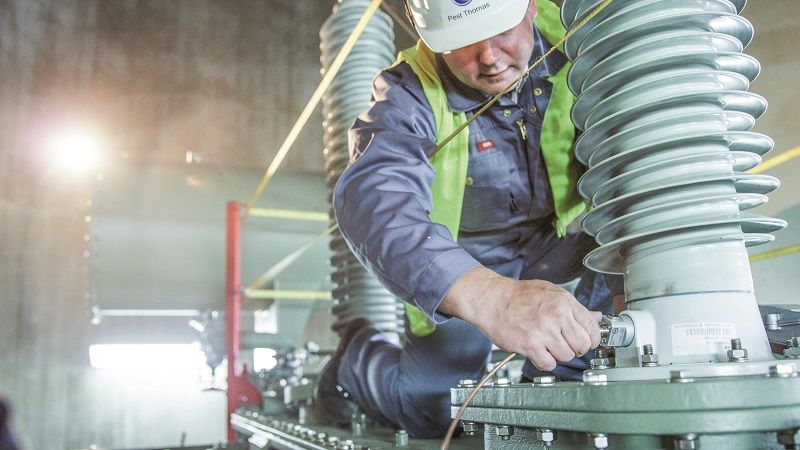
You are a pilot customer of Reinhausen for the bushing monitoring. Did you need to spend a long time considering this offer?
Not at all – since we have been successfully collaborating with Reinhausen for decades. Almost all of our transformers have an on-load tap-changer from this company. The oldest dates back to the year 1974 and still works perfectly. We therefore had no doubt that Reinhausen would provide a high-quality and technically sophisticated system which would be of real benefit for us. This is the advantage of such a long partnership: That you know exactly what you’re getting and that you can rely on the other party.
What are your plans for the future of your smart transformers?
A total of 23 transformers are working in our grid. Just under half of these are between 31 and 50 years old. As a result of the increasing energy demand, we will soon be unable to meet the required redundancy criteria with some of our substations. We will therefore gradually replace these older transformers with newer ones which will prepare us for future load requirements as well as advance the digitalization of our fleet.
We now no longer need to travel to the transformers; so we can access them directly from the control center instead.
This will create many additional options for improved maintenance and reliability as well as reduce costs across the overall service life of the systems – I think this is very clearly the way forward. As soon as we have digitalized a sufficient number of transformers, we would then also like to introduce a TESSA fleet management system in order to monitor our entire grid even more efficiently.
Source: ONLOAD 2

 Veitur is an Icelandic grid operator and was founded in 1921. The company supplies the capital Reykjavik and the southwest of the island — and therefore around 56 percent of the country’s population — with electricity. Veitur’s grid comprises 13 primary substations with 23 transformers ranging from 25 MVA to 40 MVA.
Veitur is an Icelandic grid operator and was founded in 1921. The company supplies the capital Reykjavik and the southwest of the island — and therefore around 56 percent of the country’s population — with electricity. Veitur’s grid comprises 13 primary substations with 23 transformers ranging from 25 MVA to 40 MVA.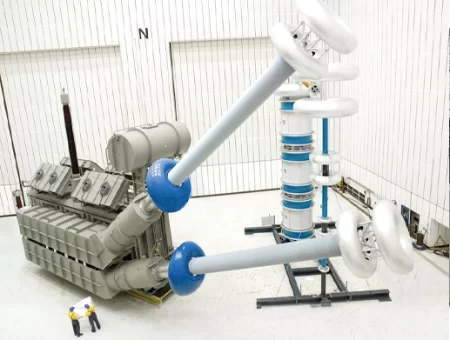
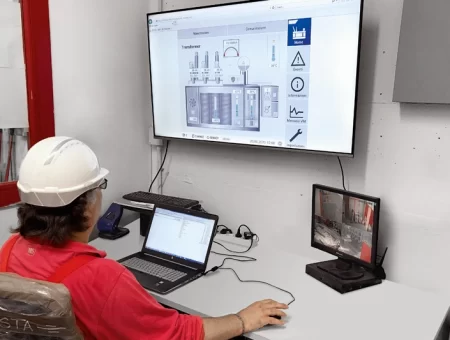
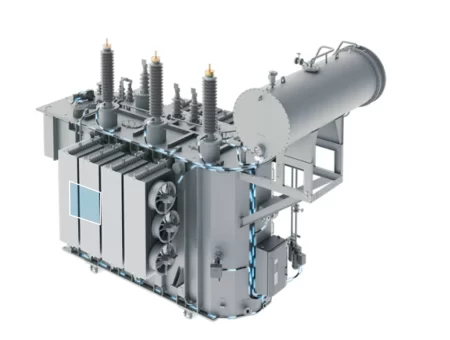
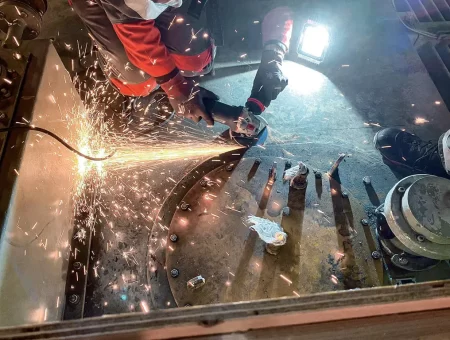

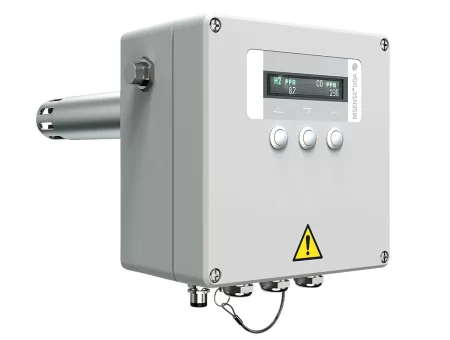



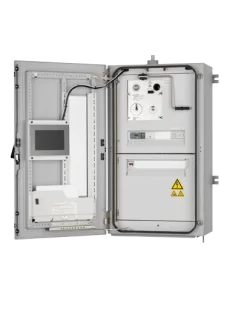

User comments